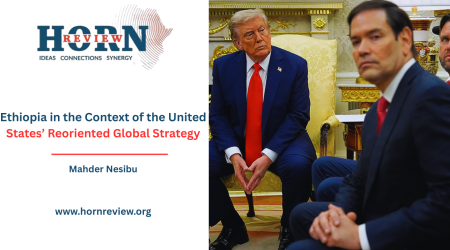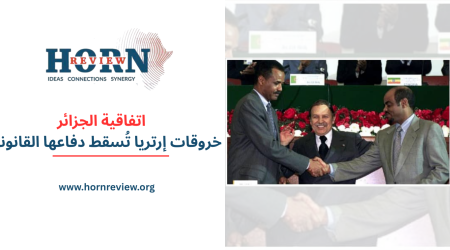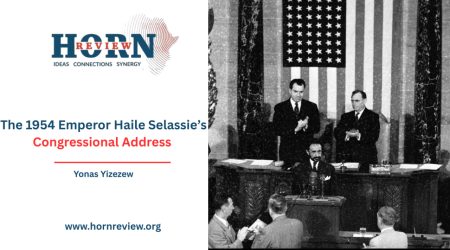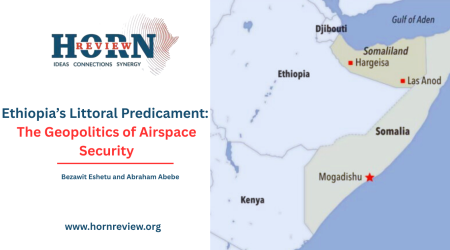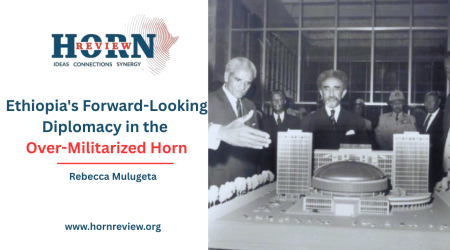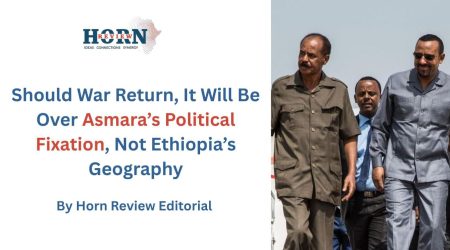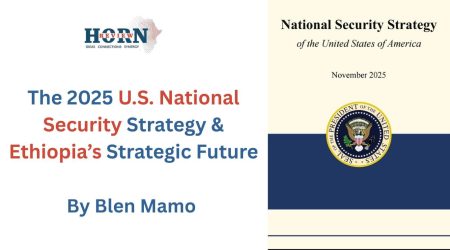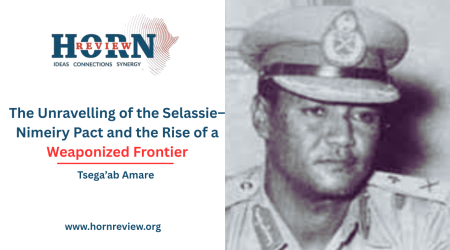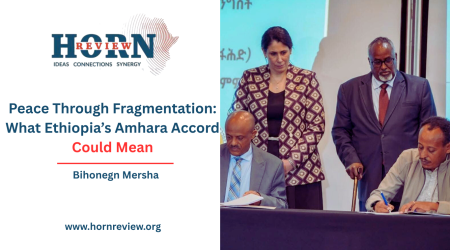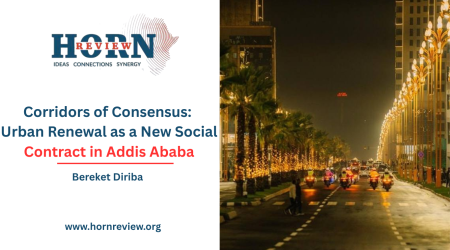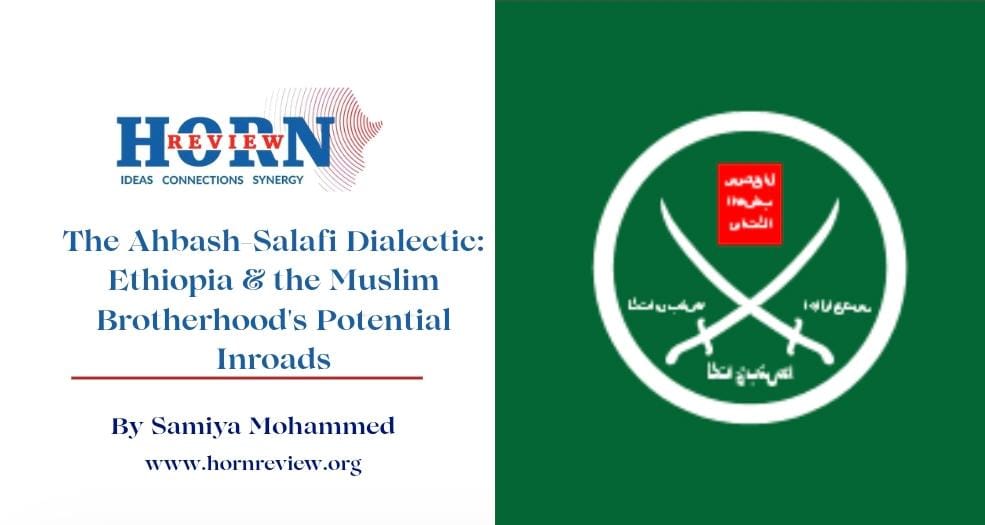
27
Oct
The Ahbash-Salafi Dialectic: Ethiopia & the Muslim Brotherhood’s Potential Inroads
Ethiopia’s identity is deeply spliced with a legacy of religious pluralism and hospitality. This tradition is not a modern invention and is in a foundational historical narrative which being most in particular the First Hijrah during the 7th century, when the nascent Muslim community sought and found refuge in the Christian Kingdom of Axum under the rule of the Negus, a ruler eminent for his justice. This act established Ethiopia as Darul Hijreteyni , the place of two pilgrimages bonding its image within the Islamic world as a symbol of protection and peaceful coexistence.
Ethiopia’s long history spanning its imperial era and subsequent governments has involved a continuous process of navigating the country’s significant religious diversity within its political structure. The modern Ethiopian state particularly since the establishment of an ethnic federal system in 1995, has constitutionally guaranteed the freedom of religion.
To understand its potential influence, one must first examine the Muslim Brotherhood’s origins. Founded in Egypt in 1928 by school teacher Hassan al-Banna, the Brotherhood began as a Pan-Islamic, religious, and social movement. Its self stated aim is the establishment of a state ruled by sharia law under a caliphate, famously encapsulated in the slogan “Islam is the solution”. While it initially focused on social services and preaching, it rapidly evolved into a political force opposing British colonial control. The Brotherhood’s ideology has been plain by a degree of ambivalence regarding political violence though its founder accepted its utility and its members conducted assassinations in its early years, the organization publicly claims to have abandoned violence in the 1970s. Its transnational nature and ideological appeal have allowed it to influence various Islamist movements worldwide, while it has been designated as terrorist organization by Saudi Arabia and the UAE.
The prospect of the Muslim Brotherhood gaining a direct influence in Ethiopia is refined and must be analysed through the prism of pre-existing internal sectarian oscillation. A significant internal tension within the Ethiopian Muslim community has historically been between the traditional Sufi oriented majority and more reformist Salafi/Wahhabi groups. A primary moment occurred in 2011 when there were public discussions about introducing the doctrines of the Al-Ahbash movement, a Lebanon-based Islamic sect known for its theological differences with Salafism, into the national religious discourse.
This move, perceived by many Ethiopian Muslims as a severe state overreach into religious doctrine, triggered pervasive protests and significant resentment. From different perspective, its engagement with the Al-Ahbash doctrine can be understood as a strategic initiative aimed at fostering a cohesive national religious identity and inoculating the public sphere against the potential for sectarian discord. Witnessing the rise of more politically charged interpretations of Islam globally, this occasionally manifested in local theological disputes, which may have sought to proactively support a theological framework that explicitly champions coexistence within a pluralistic society.
The Ahbash movement, with its well documented intellectual opposition to Salafist literalism and its doctrinal rejection of political Islamist ideologies, presented a pre-existing Islamic school of thought that aligned with Ethiopia’s historic model of inter-religious harmony. The intent, therefore, was not to coercively impose a foreign creed, but to empower and provide a platform for a theological voice that could organically counterbalance more radical narratives. This approach was fundamentally preventive in a logic of preserving social peace by supporting a version of Islam perceived as being inherently moderate, intellectually flexible, and compatible with the demands of a multi ethnic, multi-faith state. The policy can thus be interpreted as an attempt to engage in a form of ideological gatekeeping, not for the sake of control but from a sense of responsibility to act as a guardian of the nation’s longstanding social cohesion. However, this heavy handed intervention backfired, politicizing the religious community and creating a fertile ground for resentment, rather than stifling dissent.
The central question of whether these political trends constitute a threat does not yield a simple yes or no answer. The primary risk does not necessarily stem from a direct takeover by the Muslim Brotherhood as a structured entity. Instead, the threat is more diffuse and potent in the form of ideological radicalization and geopolitical exploitation.
However, a primary vulnerability that transnational movements like the Muslim Brotherhood could potentially exploit lies in any pre-existing societal fractures. While Ethiopia’s historical legacy of religious coexistence is sturdy, internal theological debates, if left to fester without constructive dialogue, can create openings for external ideological influence. The Brotherhood’s core narrative often centers on positioning itself as the defender of Muslim communities perceived to be marginalized. Therefore, any perception of resentment or alienation within any segment of the population, whether real or manufactured, becomes a potential vector for such externally originated ideologies to gain leverage. This risk is expanded where regional actors engaged in proxy conflicts may seek to leverage religious discourse to advance their own strategic interests, such as surrounding the Grand Ethiopian Renaissance Dam. The threat, therefore, is not necessarily one of direct invasion, but of a slow burn ideological campaign that seeks to turn internal diversity into a weapon against state cohesion.
To proactively insulate the nation from such influences, a recommitment to the state’s role as a neutral guarantor of religious freedom for all, fostering an environment where all communities feel they have a legitimate stake in the nation’s future. Actively facilitating a dialogue between different Islamic schools of thought, such as the Ahbash and Salafi traditions, can help resolve differences internally without creating a vacuum for external mediation. Furthermore, Ethiopia’s strategic engagement with international bodies like the Organisation of Islamic Cooperation should be deepened, not as a concession, but as a diplomatic offensive.
While the specter of the Muslim Brotherhood as an organized threat is often overstated in the Ethiopian context, the country faces a real and present danger from the reciprocity of domestic religious resentment and their exploitation by regional rivals.
By Samiya Mohammed, Researcher, Horn Review

